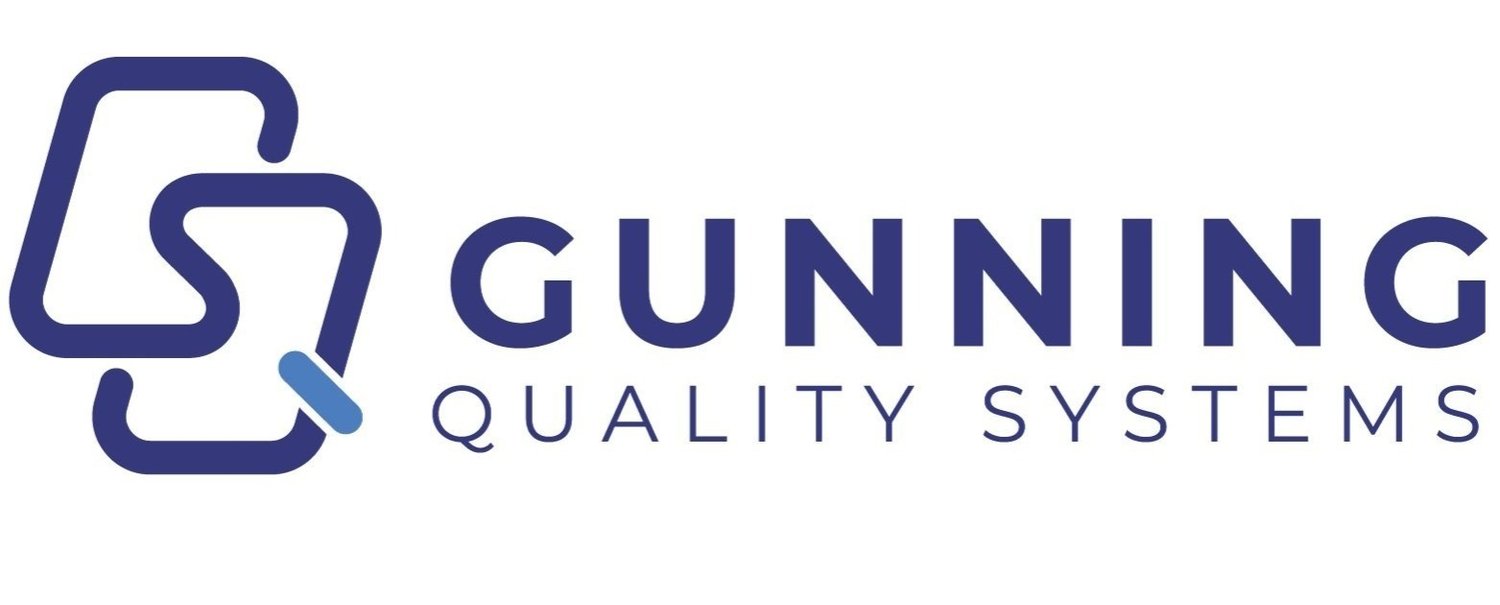Need a Product Quality Plan? Start with a Process Map!
Product-level quality plans can be very complex. It’s necessary to consider customer requirements, applicable standards, practices, procedures, and work instructions, and details on how to produce the specific product or service. It’s easy to get overwhelmed. I typically recommend that clients start with a high-level process map.
It should be obvious that a thorough understanding of the process is an essential prerequisite for recognizing and mitigating potential process risks. However, it’s tedious and inefficient to sit in a room full of stakeholders reading through a stack of SOPs, work instructions, and equipment manuals. I find that process maps (or “flowcharts” if you prefer) provide just the right level of detail to guide quality planning discussions. I also find that it’s useful to include the finished process map diagram in the introduction or scope section of product quality plan documents.
Have a place to start. Don’t call a quality planning meeting until you have at least a rough sketch of the process. It doesn’t have to be perfect. If all else fails, at least draw some empty boxes with arrows between them to get thing rolling.
Get diverse input. Get as many different perspectives on the process as you can when fleshing out the process map. Personnel involved with supply chain, manufacturing, quality, sales, facilities, compliance, billing, etc. can all provide unique insights into process and risk.
Maintain “Altitude”. Whether you call it the 30,000 ft. view or the 10,000 ft. view, the idea is the same. Stay out of the weeds. The level of detail should be sufficient to identify major steps and decision points without over-complicating the chart.
Use diagramming software. A dry erase board is fine if that’s all you have available, but it’s much more useful to save, share, and edit an electronic file. Microsoft Visio or Lucidchart, which has a free version, are both easy to use and include useful templates to get you started.
Put on your black hat. Walk through each step in the process and ask, “what could go wrong here?” Don’t let it get silly. Yes, the plane delivering your critical raw material could be hijacked, but this isn’t something you can reasonably mitigate. Focus your effort on things that have severe impacts and/or high likelihood of occurrence. There are tools such as failure modes and effects analysis (FMEA) to help with this, but common sense can take you a long way.
Identify critical control points. The exercise of process mapping is often a great way to identify natural places to add in process controls such as testing, inspections, line clearance, label reconciliation, etc. I like to highlight these as critical control points so that they stand out on the flow chart.
Have fun and happy charting! Contact Gunning Quality Systems and let us help you with your process mapping and product quality plan documentation.


